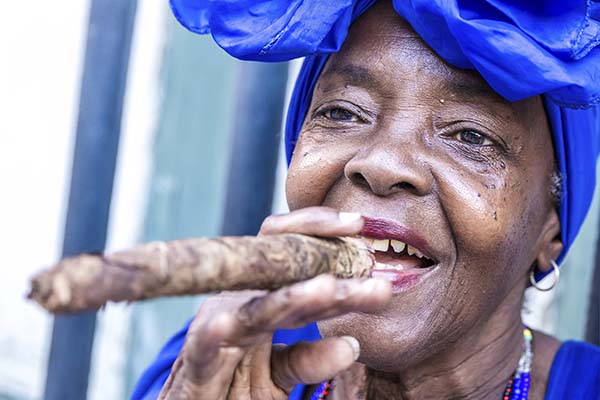
ID card — if you have one, you're all set!Not sure?








The Caribbean is a group of islands that are located between North and South America, southeast of the Gulf of Mexico in the Caribbean Sea. From Bermuda to Jamaica to St. Lucia, they have some of the most luxurious accommodations in the world. Their famous turquoise water and white sandy beaches have attracted honeymooners and retirees for decades, but now travelers are flocking there for the backpacking and outdoor adventure too. You can explore everything from tropical forests, coral reefs, mountains, waterfalls, and volcanoes. Swim with the stingrays in the Caymans, hike through a cacti desert next to the sea in Aruba, or go surfing in the Bay of Jacmel in Haiti. Or sit back and relish the taste of saltfish fritters while hearing an authentic roots reggae concert in Kingston. Their unique style doesn’t stop with the seafood and music, you won’t be able to replicate the flavor and essence of the Caribbean!
If you are traveling to an island that is a U.S. territory or commonwealth, US citizens do not need a passport for entry – but you do need to show valid government-issued identification. Currently, this includes Puerto Rico and the U.S. Virgin Islands. Otherwise, you do need a passport – and if you’re not a U.S. Citizen, some islands also require a U.S. Visa. There’s also special rules for cruise passengers, so it’s highly recommended you consult with your travel expert who can advise you based on the means and route that you are traveling.
The Caribbean may indeed have the best climate on the planet, with temperatures that are 89-94F year around! It’s generally never cold, or even too hot, and the rainfall is plenty and predictable – keeping the islands green and lush. December to April is considered to be the best months to visit because it is slightly drier and cooler. The rainy season starts around May and runs through October, with hurricanes possible towards the end of that season.
The U.S. dollar is most widely accepted throughout the Caribbean, and is the legal currency of the U.S. Virgin Islands, the British Virgin Islands, and Puerto Rico. On many other islands in the Caribbean, the Eastern Caribbean dollar is the official currency and some also use the euro as the legal tender. There’s other island dollars used (the Jamaican dollar, the Barbados dollar, etc.), but the U.S.dollar will usually be the most recognized. Credit cards are recommended for most establishments on the islands.
Many restaurants and bars will have free wi-fi, but otherwise a local internet carrier may be fairly pricey and sluggish. If you need regular access, your best bet is to use your phone or tablet device, and use it as a hotspot. Contact your provider and ask about the plan you’ll need. You can also get SIM cards on the islands, but be aware they are often not transferable between islands.
Bus service is usually the most efficient and cost effective way to get around the islands. On some of the islands though, they don’t have bus transportation, so you’ll need to take a taxi. Strangely enough, you can usually hitchhike safely around many of the Caribbean islands – but use your judgement and talk to the locals about what they recommend. Of course, there are many boats and ferries too, which are generally needed to get between islands.
